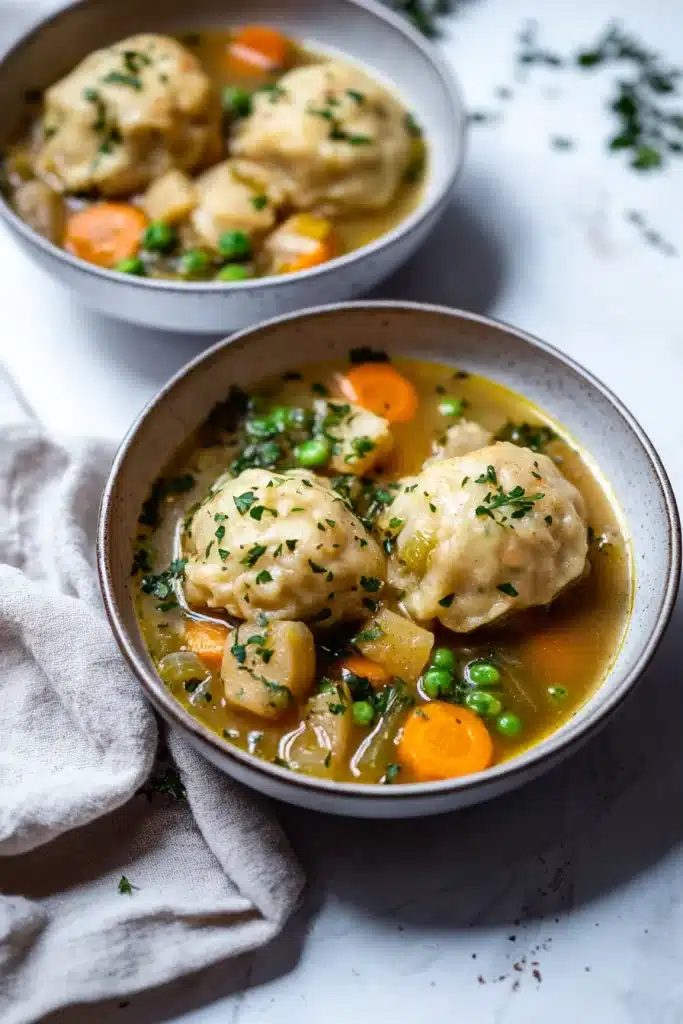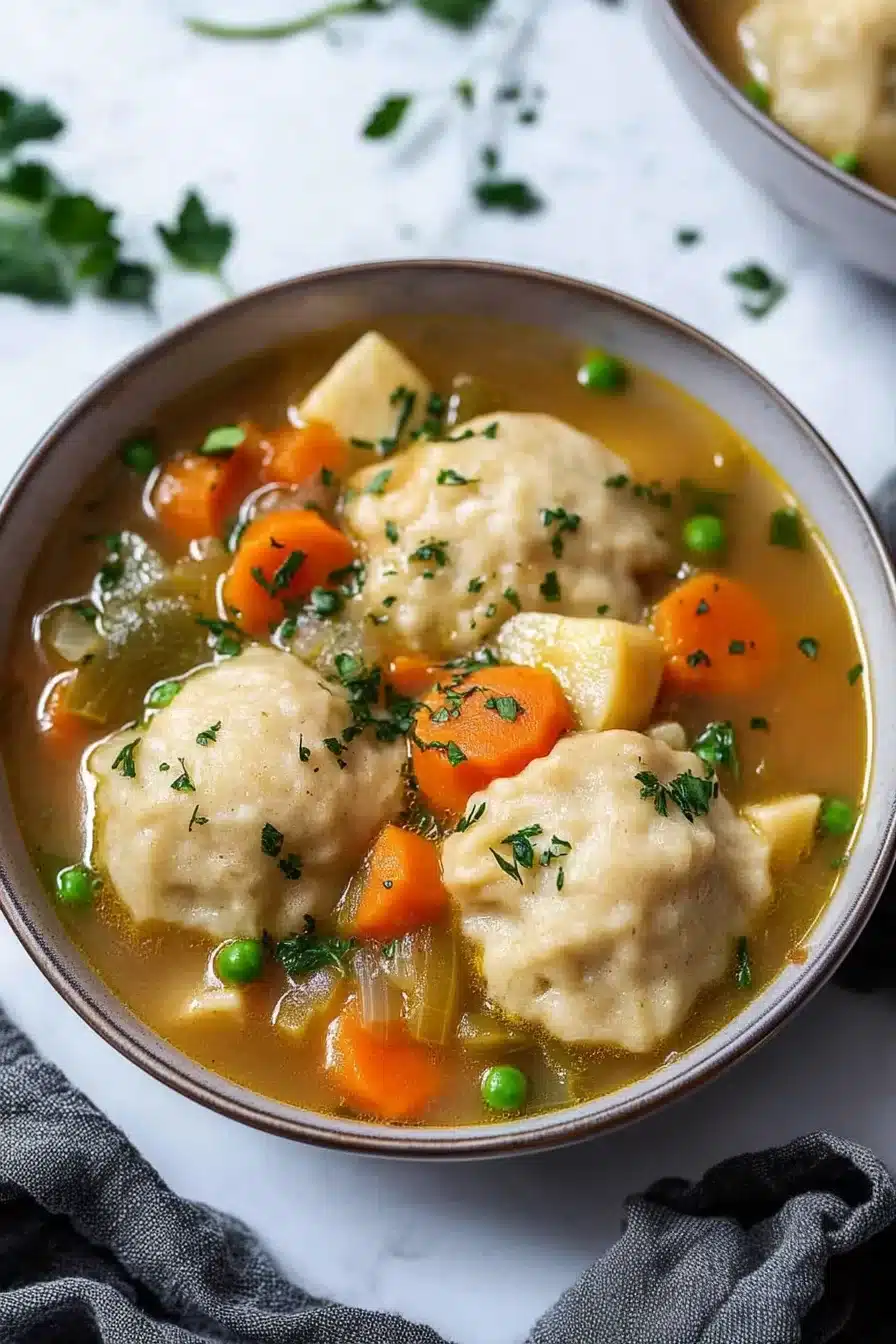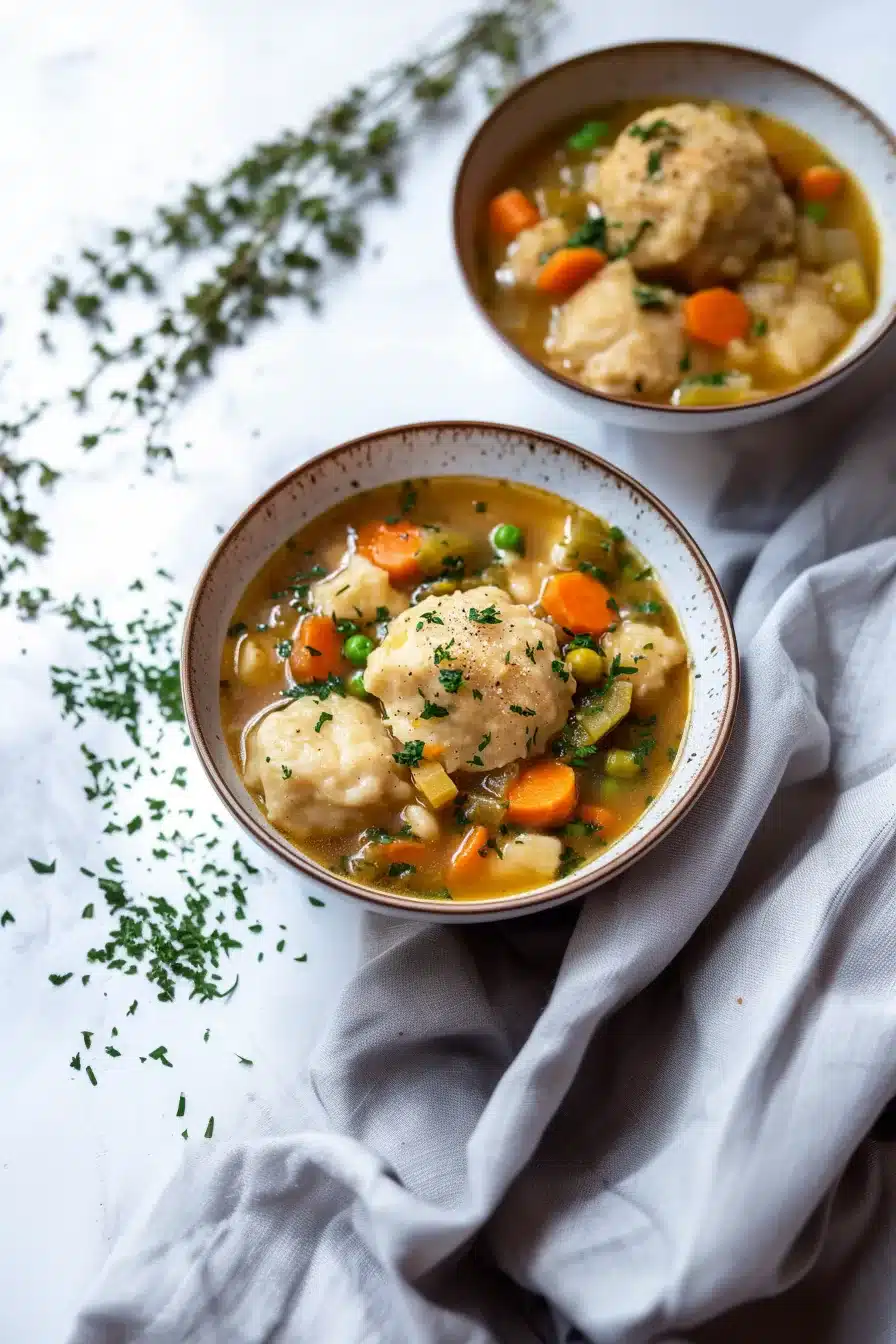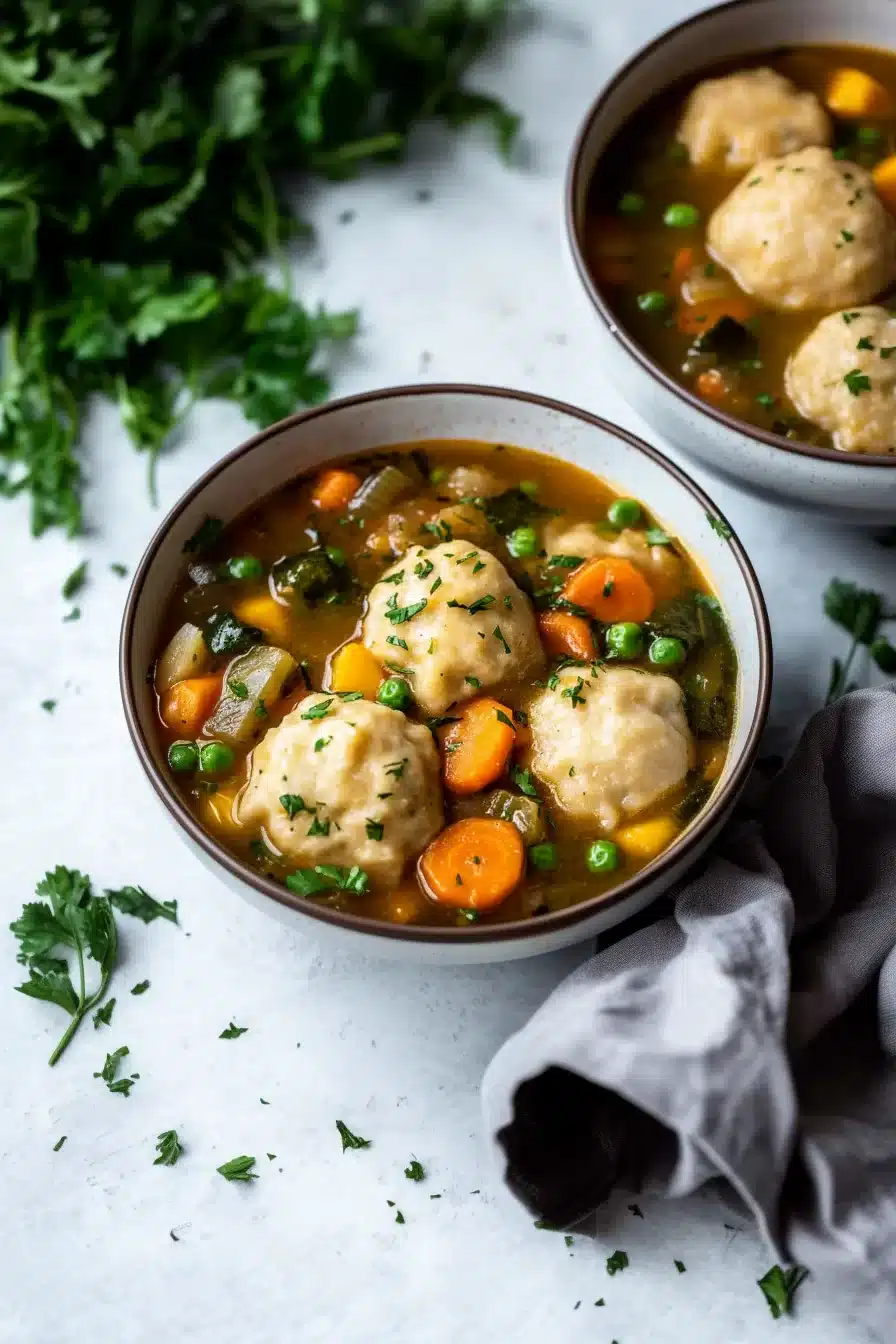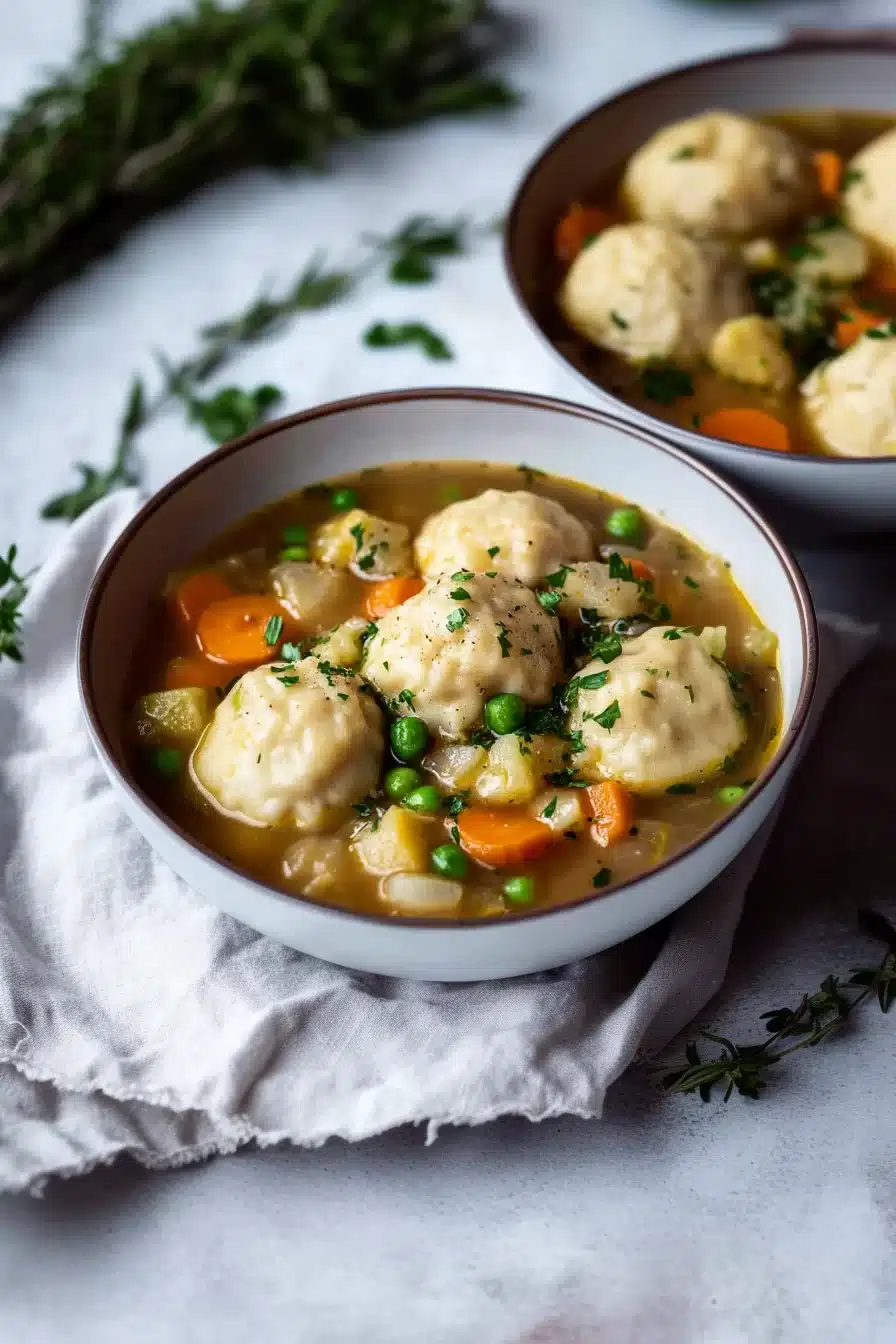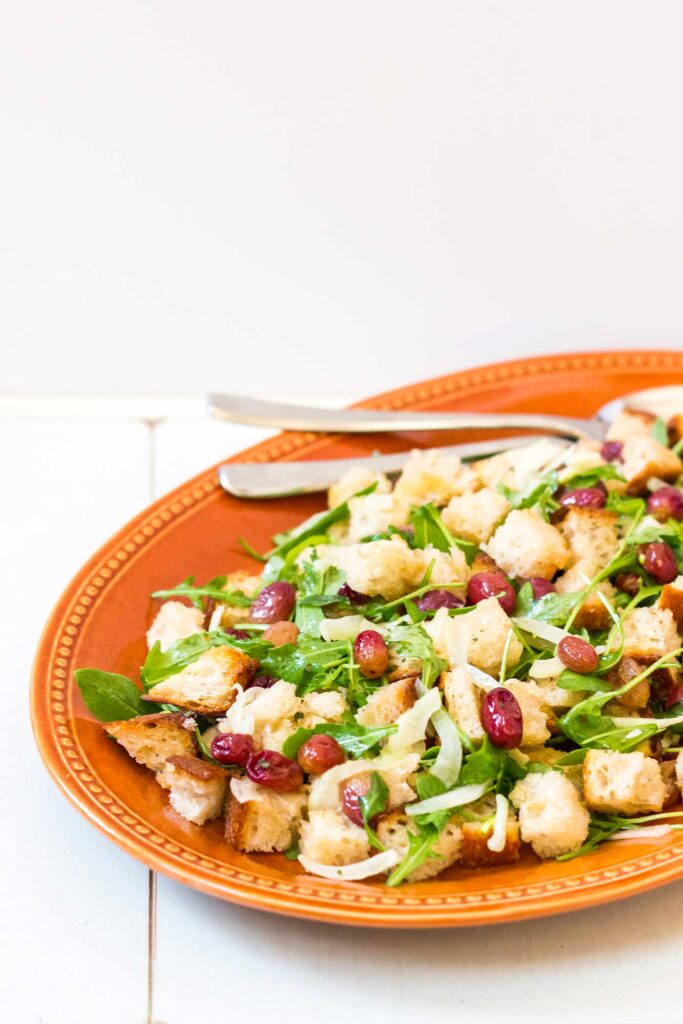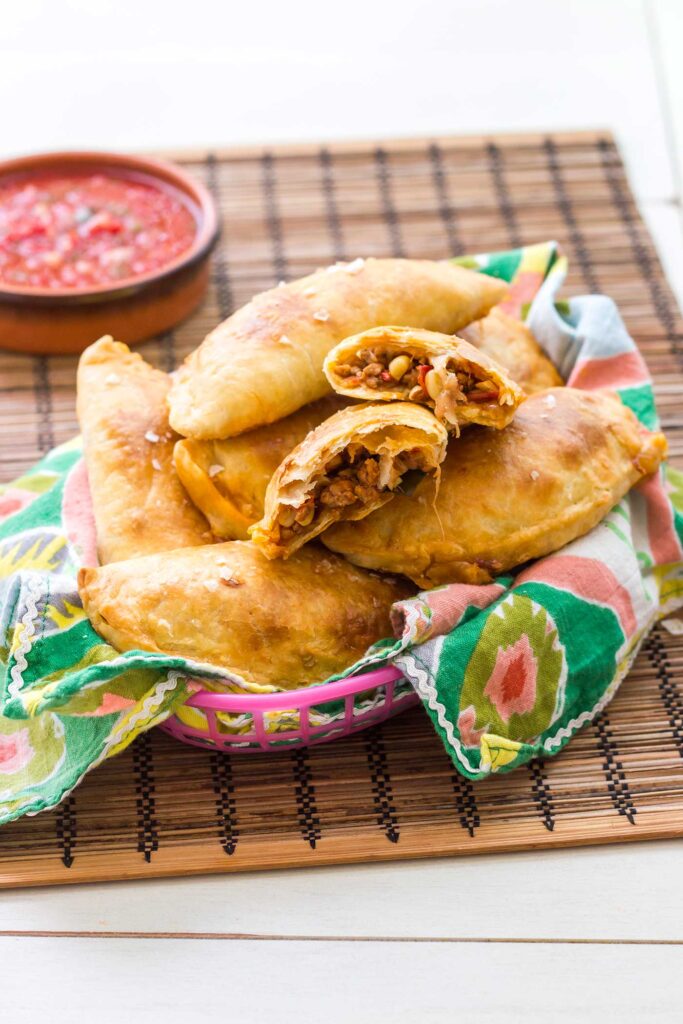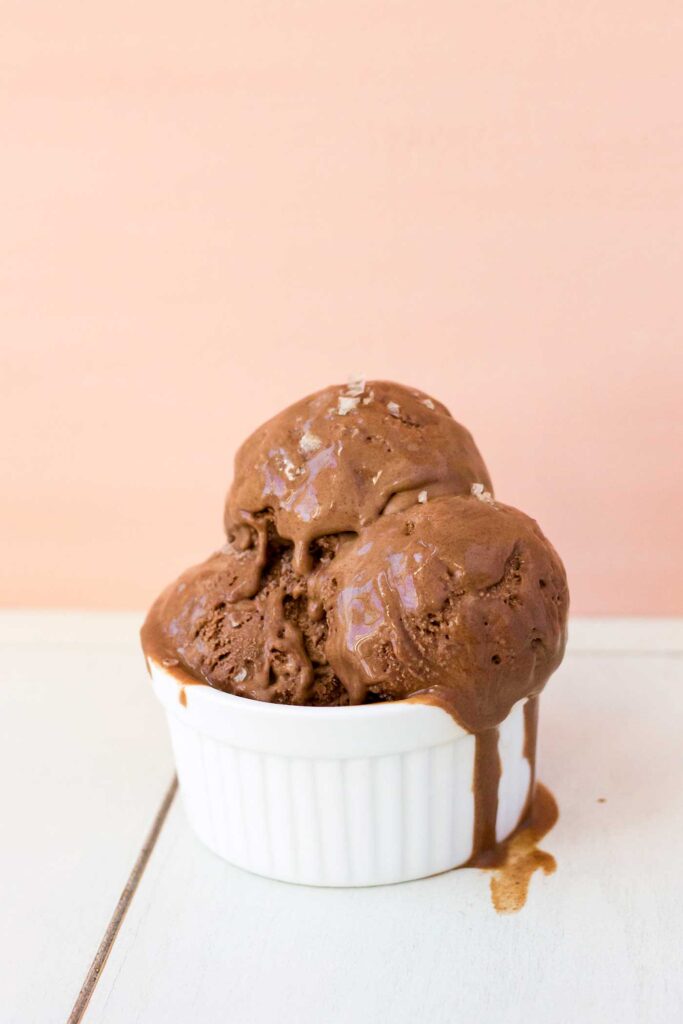
Warm, hearty, and packed with cozy goodness, this vegetable dumpling stew loads up on root veggies, leeks, green beans, and buttery herbed dumplings. Bring a spoon.
This isn’t your average stew. It’s rustic, a little messy in the best way, and full of flavor from earthy root veggies and soft pillows of rosemary-speckled dumplings. There’s garlic, thyme, and oh hello, cheddar if you’re into that. A simmer, a bake, some steamy bubbling, then boom—comfort in a bowl.
Table of Contents

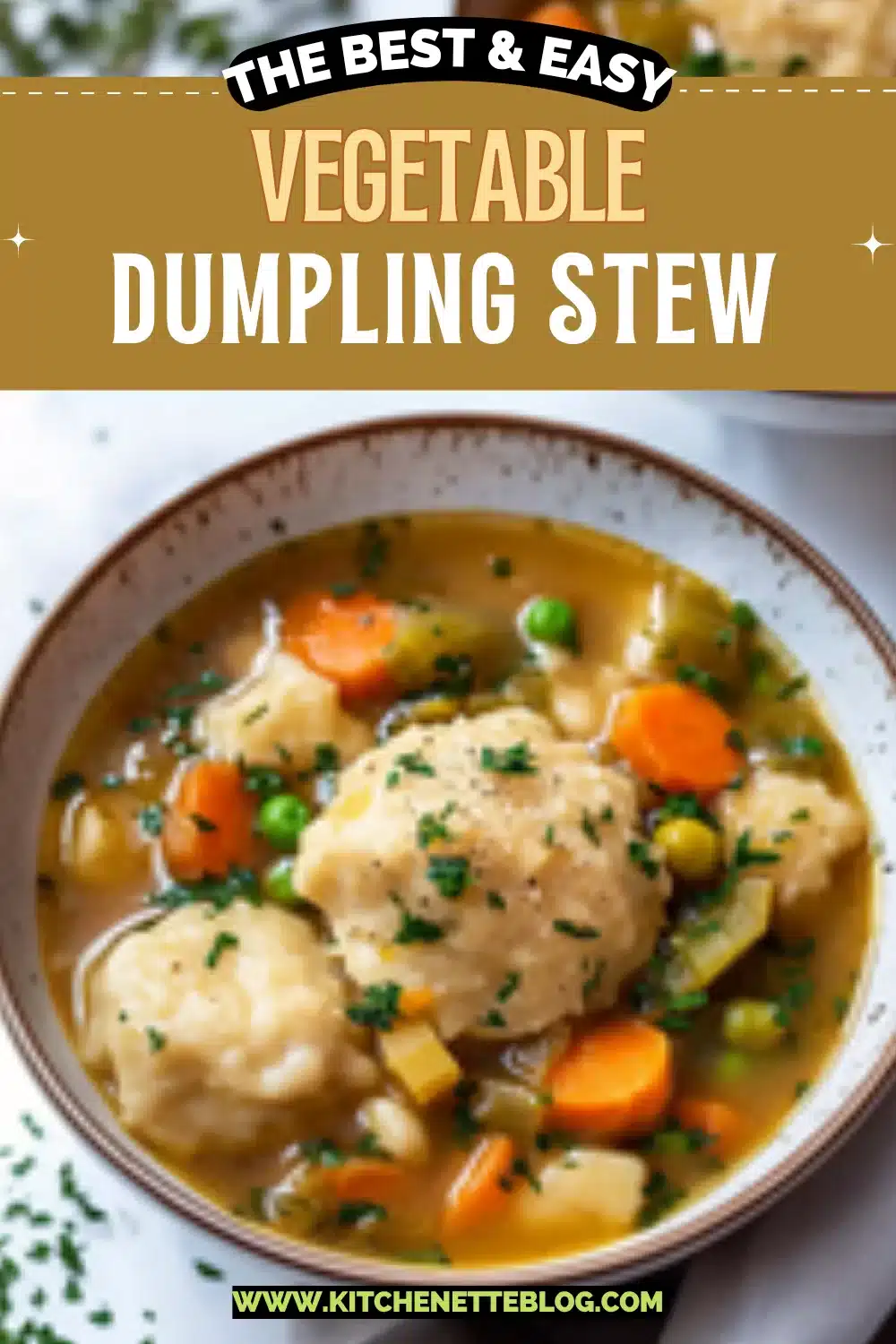

Don’t let this one slip away — pin it now and thank yourself later!
Don’t let this one slip away — pin it now and thank yourself later!
Why You’ll Love this Vegetable Dumpling Stew
This stew is like a warm sweater, but edible. No complicated steps or rare ingredients, just good old vegetables, a splash of wine, and biscuits baked on top.
- Seriously satisfying: It’s got heft and heartiness without any meat, thanks to chunky veg and rich broth.
- Weeknight-friendly-ish: It’s more laid-back than a roast, but fancier-feeling than a Tuesday pasta night.
- Customizable to your fridge: Swap, toss, tweak based on what’s hiding behind the mustard jar.
- Buttery dumplings on top: I mean… it’s like biscuits having a warm bubble bath in soup.
- Leftovers are even better: Flavors cozy up overnight and those dumplings? Still dreamy.
- Quietly impressive: Feels like something your very capable friend made. You know the one.
Ingredient Notes
Let’s dig into what’s really going on in here. No secrets, but a few sneaky upgrades.
- Olive oil: The usual sautéing suspect. You could use butter if you’re feeling decadent.
- Onion & leeks: Double the allium, double the cozy flavor. Don’t skip the leeks—they bring a gentle sweetness.
- Rutabaga, potatoes, carrots, parsnips, celery: This is your hardy veggie crew. Cube it all roughly the same size so they cook evenly.
- Garlic: You already know. It layers into the background and makes everything else shine.
- Green beans: A crisp edge of green in an otherwise rooty world. Add near the end so they stay bright.
- Dry white wine: Deglazes the pot and gives the broth some gentle acidity. Skip it or sub veggie broth if desired.
- Vegetable broth: Use a good one, ideally low-sodium so you can control the salt.
- Diced tomatoes: Adds tomatoey sweetness and just enough brightness to balance everything earthy.
- Herbs & spices: Thyme, bay, paprika—all team players adding warmth, not drama.
- Tamarind or soy sauce: A subtle umami twist. Tamarind gives a gentle tang, but soy sauce totally works.
- Frozen peas: They go in at the end so they stay green and don’t go mushy.
- Flour & baking powder (for dumplings): Standard dumpling base. Nothing fancy here.
- Cold butter: You want little pockets of butter melting into biscuit heaven. Cold is key.
- Cheddar cheese (optional): Adds saltiness and richness. You do you.
- Rosemary & thyme (fresh): For that woodsy dumpling magic. Dried could work in a pinch, but use less.
- Cold water: Brings the dough together. Add slowly—you’re looking for soft but not sticky.
How To Make This Vegetable Dumpling Stew
Alright, aprons on if that’s your thing. Otherwise, just roll up your sleeves and let’s build this layered bowl of goodness.
-
Sauté the aromatics: Start by heating oil in your biggest pot. Toss in onion and give it a few minutes to soften and smell incredible. Then add leeks for round two, softening those too. It’s already starting to smell like home.
-
Cook down the hearty veg: Stir in all your chopped root veg and celery. Put the lid on but don’t walk away for long. Stir every so often so nothing catches. After around 8 to 10 minutes, they should be starting to soften. Add a tiny drizzle more oil if it seems dry.
-
Add garlic and green beans: Stir them in and let the aroma bloom for a minute. Then push everything to one side of the pot—you’re about to build that rich, stewy base.
-
Build the thickener: Sprinkle flour into the clear side of the pan where the oil is hanging out. Stir it over the heat until it goes golden and paste-like, about 2-3 minutes. Then stir it all together so veggies get coated in that toasty roux.
-
Make it soupy: Slowly pour in the wine, stirring like you mean it so things stay smooth. Then add broth, tomatoes, thyme sprigs, paprika, bay leaf, and tamarind or soy sauce. Bring to a bubbly boil, then cover and turn it down to a gentle simmer for 30-ish minutes.
-
Mix the dumplings: While stew simmers, whisk your flour and baking powder. Cut in the butter (fridge-cold, always). Stir in cheese and herbs. Add water tablespoon by tablespoon until it just holds together. Pat gently and divide into six rustic blobs.
-
Final touches and bake: Once the veg are fork-tender, fish out the bay leaf and any stems. Stir in frozen peas (they cook super fast). Then gently plop dumplings on top, not too smooshed down. Bake uncovered at 350°F for 20-25 minutes until those tops are golden and they smell buttery and herb-y.
-
Cool slightly before serving: Let it hang out for 5-10 minutes post-oven. The dumplings finish setting and you avoid molten-lava mouth burns.
Storage Options
So, you’ve got leftovers? Lucky you. This vegetable dumpling stew actually gets better the next day—like, smugly better.
In the fridge, it’ll keep happily for up to 4 days. The dumplings absorb a little broth, so the texture changes slightly, but in a good way. I recommend storing the stew and dumplings separately if you want to keep the tops crisp-ish.
Reheating is easy. A saucepan over low heat works best so nothing scorches at the bottom. Add a splash of broth or water to loosen it up if it’s feeling thick. Microwave also does the trick, but use a dish that lets steam escape so the dumpling tops don’t go rubbery.
And yes, you can totally freeze it. Let it cool completely, then transfer to freezer-safe containers. It’ll keep for up to 2 months. If freezing, wrap those dumplings individually or place parchment between them so they don’t become one clumpy biscuit block.
Variations and Substitutions
Want to put your twist on it or just out of thyme? No problem. This one is chill like that.
- Different vegetables: Turnips instead of rutabaga? Go for it. Mushrooms instead of green beans? Works beautifully. Even sweet potatoes add a nice mellow sweetness.
- Make it vegan: Just skip the cheddar and use plant-based butter. The dumplings are still rich and flavorful.
- Try a different herb mix: Swap rosemary and thyme for sage or parsley. You can also toss in a little dill if you’re feeling bold.
- Add protein: A drained can of chickpeas or white beans goes in at the simmering stage without making things weird.
- Use whole wheat flour: You can use a 50/50 whole wheat and all-purpose blend for the dumplings if you want something earthier. Just don’t go 100% or they’ll get heavy.
What to Serve with Vegetable Dumpling Stew
Honestly, this vegetable dumpling stew can stand alone like the proud little comfort meal it is. But if you want to round things out or treat your table mates to a whole vibe, here are a few ideas.
-
A crisp green salad with a tangy vinaigrette is a fantastic contrast. The brightness cuts through the richness of the dumplings. Bonus if you toss in some shaved fennel or crisp apples.
-
A loaf of crusty sourdough or a slice of bacon basil cornbread? Yes, I know there are already dumplings. But carbs love carbs.
-
Sip a glass of the same white wine you used in the stew. It’s a low-effort wine pairing trick that always works.
-
If you’ve got a crowd (or just… Tuesday energy to burn), end with a little homemade dessert. Maybe these glazed chocolate donut holes. Contrasts deliciously with all the savory herby goodness.
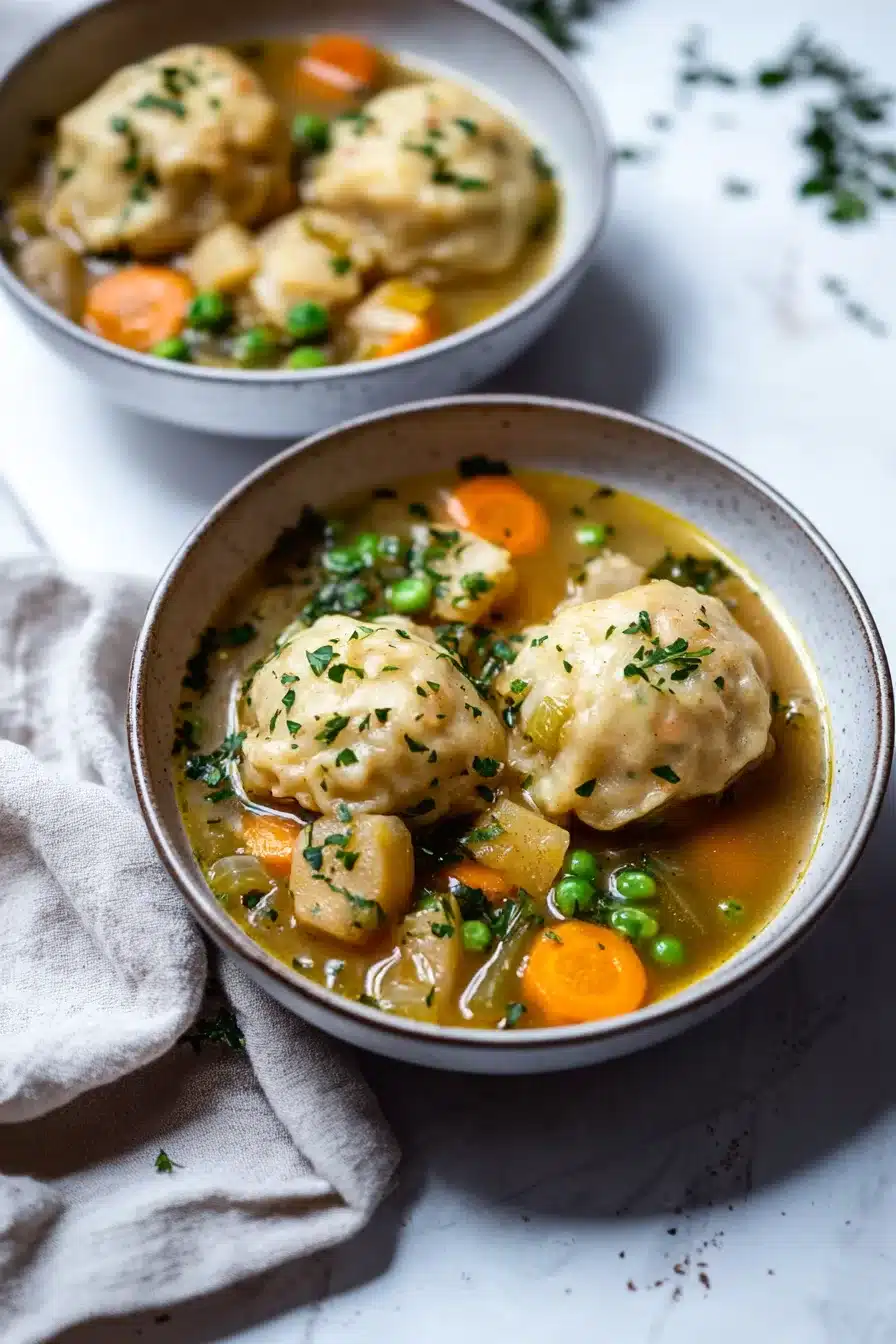

Don’t let this one slip away — pin it now and thank yourself later!
Don’t let this one slip away — pin it now and thank yourself later!
Frequently Asked Questions
Can I make this vegetable dumpling stew ahead of time?
Absolutely, and honestly it might be even tastier the next day. Cook the stew portion entirely, then let it cool and refrigerate. Wait to add and bake the dumplings until you’re ready to serve so they stay fluffy and not soggy. If you’re splitting it up like this, reheat the stew first on the stovetop until hot, then add the dumplings and bake as directed.
What’s the best substitute for rutabaga if I can’t find it?
If rutabaga’s not happening in your store or life, don’t stress. Turnips are the closest taste-alike, but you can also use extra potatoes or even a bit of butternut squash. Just keep the chunks roughly the same size as your other veggies so they cook evenly and all cozy up together in the broth.
Do I need to peel the carrots and parsnips?
You don’t *have* to, but I recommend it since they’re simmering in a fairly delicate broth. The skins can sometimes be a bit bitter or stringy, especially on older or larger parsnips. A quick peel doesn’t take long and gives you a smoother stew. Just don’t worry about also cutting them perfectly—this stew loves rustic chop jobs.
Can I skip the wine in the stew?
Totally, you can leave out the wine if you’d rather keep it alcohol-free. Just replace it with an equal splash of veggie broth plus a tiny squeeze of lemon juice or bit of white vinegar to mimic that subtle tang. It’ll still taste rich and balanced—wine is a fun bonus, not a deal breaker here.

Vegetable Dumpling Stew
Ingredients
Stew Base
- 3 tbsp (45 ml) olive oil
- 1 yellow onion chopped
- 1 large leek white and light green part only, cleaned and sliced
- 1 rutabaga peeled and diced
- 2 potatoes Yukon Gold or russet, peeled and diced
- 3 carrots peeled and sliced
- 2 parsnips peeled and sliced
- 2 stalks celery diced
- 4 cloves garlic minced
- 1 cup (150 g) green beans cut into 1-inch pieces
- 1/2 cup (120 ml) dry white wine or substitute broth
- 4 cups (1 liter) vegetable broth low-sodium preferred
- 1 can (400 g) diced tomatoes 14 oz (400g), with juices
- few sprigs fresh thyme or 1 tsp dried
- 1 bay leaf
- 1 tsp paprika sweet or smoked
- 1 tbsp (15 ml) tamarind paste or soy sauce
- 1 cup (150 g) frozen peas
- 2 tbsp (15 g) flour for thickening
Herbed Dumplings
- 1 1/4 cups (156 g) all-purpose flour
- 2 tsp (8 g) baking powder
- 1/2 tsp (3 g) salt
- 3 tbsp (40 g) cold unsalted butter cubed
- 1/2 cup (56 g) shredded cheddar cheese optional
- 1 tbsp fresh rosemary minced (or 1 tsp dried)
- 1 tbsp fresh thyme roughly chopped (or 1 tsp dried)
- 1/2 cup (120 ml) cold water may need more/less as needed
Equipment
- Large Dutch Oven or Heavy Pot
- Cutting board
- Knife
- Mixing bowl
- Whisk
- Baking Sheet (optional, for separating dumplings)
Instructions
- Sauté the aromatics: Heat olive oil in a large Dutch oven over medium heat. Add chopped onion. Sauté until softened, about 3–4 minutes. Add leeks and cook until both are meltingly soft, another 2–3 minutes.
- Cook the root vegetables: Add rutabaga, potatoes, carrots, parsnips, and celery. Stir well. Cover and cook for 8–10 minutes, stirring occasionally, until they start to soften. Add a little extra oil if pan looks dry.
- Add garlic and green beans: Stir in garlic and green beans. Let cook for 1 minute until fragrant. Push vegetables to the side to expose some oil.
- Build the thickener: Sprinkle flour into the clear side of the pot. Stir and cook over medium heat for 2–3 minutes until golden and pasty. Stir everything together so all veg are coated.
- Make it soupy: Slowly pour in the wine, scraping the pan and stirring to keep the mixture smooth. Add broth, diced tomatoes (with juices), thyme, bay leaf, paprika, and tamarind or soy sauce. Bring to a boil, cover, reduce to simmer, and cook gently for about 30 minutes until vegetables are just fork tender.
- Mix the dumplings: While stew simmers, whisk together flour, baking powder, and salt for dumplings in a bowl. Cut in cubed cold butter until mixture is crumbly. Stir in cheddar (if using), rosemary, and thyme. Add cold water a tablespoon at a time just until dough comes together into a soft mass. Divide into 6 rough mounds.
- Bake the stew: When vegetables are tender, remove bay leaf and herb stems. Stir in frozen peas. Gently place dumpling dough on top of stew. Bake uncovered at 350°F (175°C) for 20–25 minutes until dumplings are golden and cooked through.
- Serve: Let stew cool for 5–10 minutes before serving; dumplings set as it rests. Scoop generously into bowls and enjoy piping hot.

